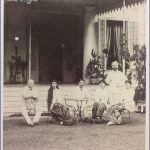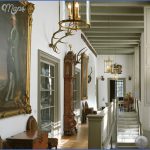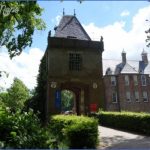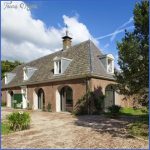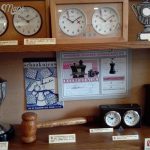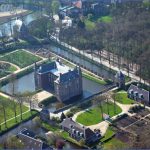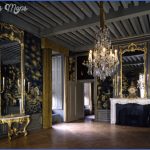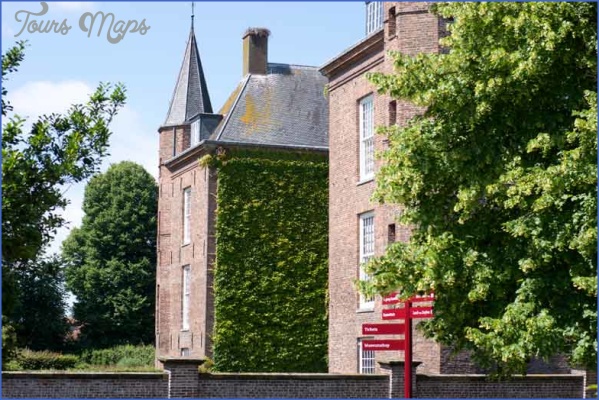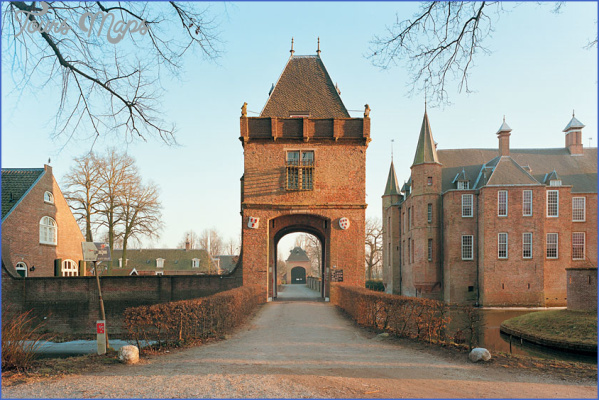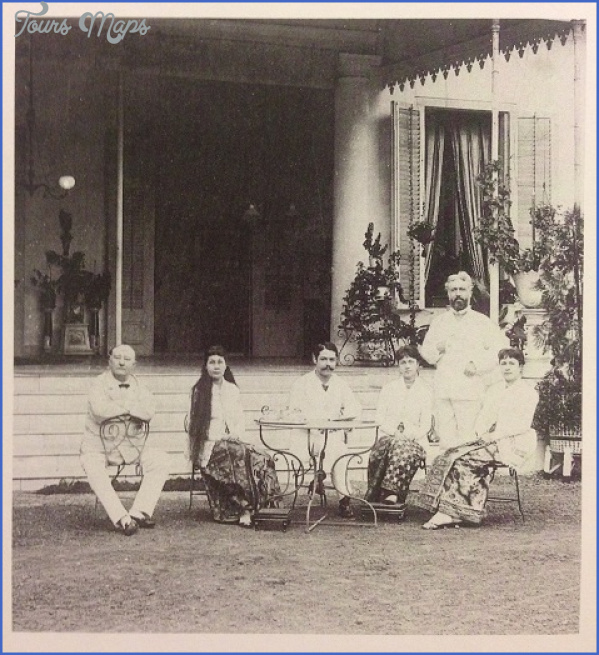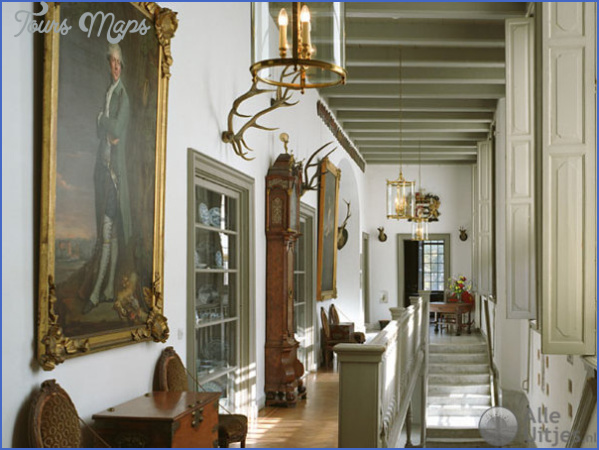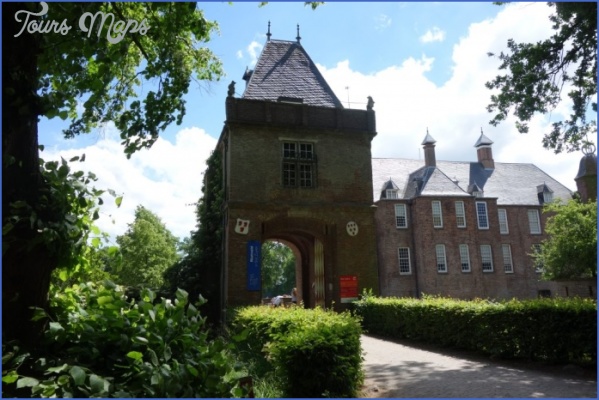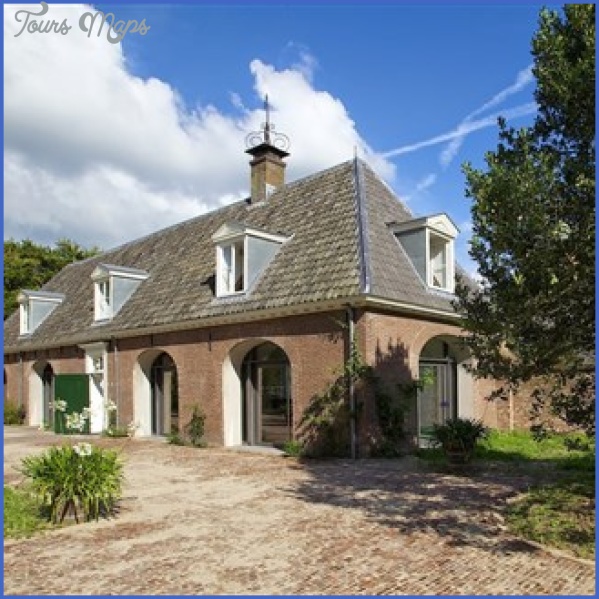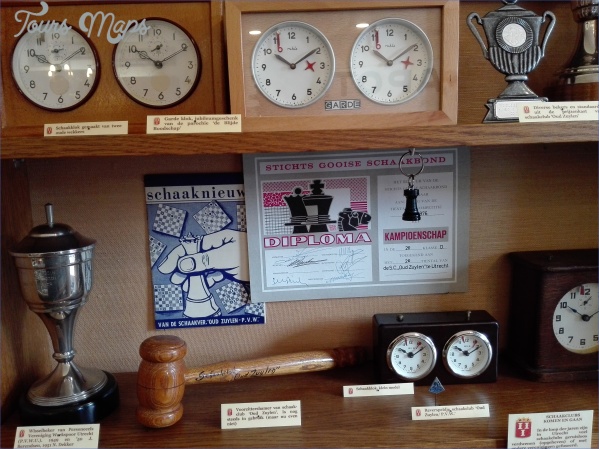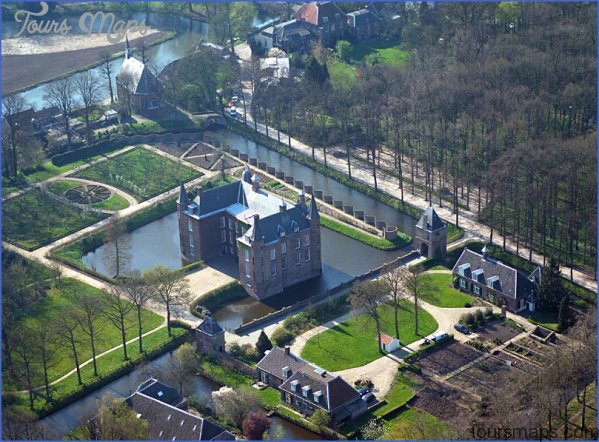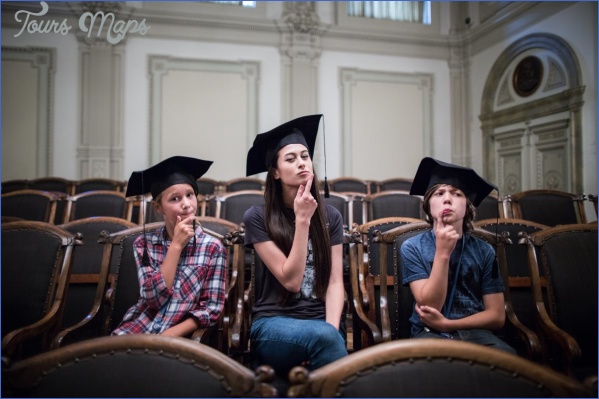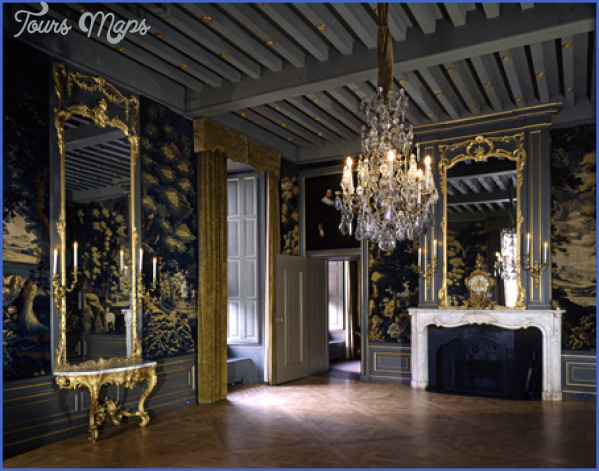ZUYLEN MUSEUM
Visitors to the Utrecht area often go to the small 13th-century castle at Oud-Zuilen, now part of the northern suburb of Maarssen. Moated and turreted, Slot Zuylen is open to the public and is a popular venue for weddings and chamber concerts. For 31 years during the 18th century, it was the home of a composer, known locally as Belle van Zuylen.
Belle’s aristocratic Dutch family, the Van Tuyll van Serooskerkens, acquired the castle by marriage in 1665. She was born there in 1740 and is today commemorated in a three-room apartment on the second floor. The Van Tuylls stayed at Zuylen in the summers and maintained a winter residence in Utrecht, two hours away by horse-drawn barge (the canalside townhouse in Utrecht – a few steps from the cathedral at Kromme Nieuwegracht 3-5 – still stands, as offices of a private institute). When Belle was ten her father added a wing to the castle and built a new, frenchified facade; some of the moat was filled in and part of the outer defensive wall was dismantled. Slot Zuylen remained the family seat until 1951 when a foundation was created to run it as a museum.
Isabelle Agneta Elisabeth van Tuyll van Serooskerken, or Belle van Zuylen, is better known as the writer of four controversial feminist novels of the 1780s and numerous political pamphlets, and as a friend of James Boswell and Benjamin Constant, than she is as a composer. She spoke several languages and was widely read, and was a keen painter who had studied pastel work with Maurice Quentin de La Tour. She played several instruments, including the
ZUYLEN MUSEUM Photo Gallery
The Zuylen family castle, Oud-Zuilen harpsichord, the fortepiano and the harp, took composition seriously and studied with several composers. During a visit to Paris in 1786 she had lessons with Floridio Tomeoni and may have published Airs et romances avec accompa-gnement de clavecin, of which she wrote both words and music. In the early 1790s she employed the opera composer Nicola Zingarelli to help her with her musical dramatic projects; he cast an eye over her Polypheme ou le Cyclope and pronounced that ‘la musique en est bonne, chaque note en est raisonnee’. She prepared the librettos as well as composing the music for at least six operas. Her musical correspondence included ambitious exchanges with Voltaire, whom she met at Geneva shortly before his death, as well as with Rameau, Jean-Jacques Rousseau, Sarti, Cimarosa, Paisiello and even Mozart, to whom she sent a copy of Les Pheniciennes. His opinion of it is not recorded. Van Zuylen’s apartment at the castle effectively evokes her time there. A closet to the left displays copies of the La Tour pastel of 1766 and a bust by Jean-Antoine Houdon. Her embroidery sampler hangs on the wall along with portraits of one of her brothers and a Swiss army officer with whom she corresponded for 15 years. The central room is set out as a bedroom, with period furniture, portraits of her parents and a 1777 portrait of her by the Dane Jens Juel. The third room, the most intimate, is Belle’s writing room, with a desk facing the window and a Chinese screen said to hide the tub in which she took a daily cold bath. To her parents’ consternation, Belle rejected the stream of suitors drawn to Zuylen and Utrecht by her beauty and her wealth. So when a small, stuttering, shy, minor Swiss nobleman from the Vaud, Charles-Emmanuel de Charriere de Penthaz, five years her senior, became tutor to the younger van Tuyll children in 1763, it didn’t occur to anyone that he and Belle might eventually marry. After their wedding, in 1771, M and Mme de Charriere left for his family estate: Le Pontet, at Colombier, five kilometres from Neuchatel. From 1777 they took an apartment in Geneva for the winters. In the early years there were occasional journeys abroad, but Le Pontet increasingly became a welcome retreat and a place of creativity for her. There she wrote her novels (in epistolary form), comedies, operas, poems and political pamphlets, entertained visitors from abroad (including Benjamin Constant and Mme de Stael) and presided over a salon. She died on 27 December 1805. Le Pontet is today privately owned and closed to the public.
With the founding in 1975 of the Netherlands Genootschap Belle de Zuylen, followed by the Associations Isabelle de Charriere (Suisse in 1980, Fran^aise in 1995), interest in Belle van Zuylen has grown. In 2002 an international symposium on her was held at Yale University, including performances of her music.
Maybe You Like Them Too
- Explore Doncaster, United Kingdom with this detailed map
- Explore Arroyito, Argentina with this Detailed Map
- Explore Belin, Romania with this detailed map
- Explore Almudévar, Spain with this detailed map
- Explore Aguarón, Spain with this detailed map



